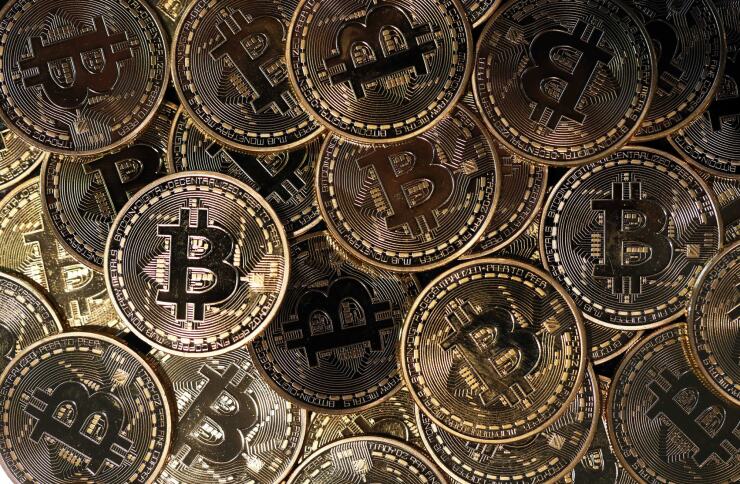There’s a reason digital currencies like bitcoin have developed a nefarious reputation. Built on blockchain technology, activities are transparent but completely anonymous.
Despite these concerns, banks and financial institutions are taking a closer look at the real possibilities of digital currencies, but they must first review and strengthen the core of their security and authentication measures. One reason for the lack of liquidity is the extent to which a market allows assets to be bought and sold at stable prices, and mainstream resistance is the high risk of identity theft.
As the number of trusted digital currencies increases, tethering one’s identity to a tradable asset will become increasingly important. There needs to be a security layer in this process that assures the person making the transaction is who they say there are.

With existing solutions, people authenticate with passwords, secret questions and tokens. We’ve seen time and time again, however, that these are fallible. These methods don’t validate who you are, because someone can steal your password or token. Hackers are becoming increasingly sophisticated, which is an issue for banks writ large (but that’s a conversation for another day). These standard authentication measures will struggle to pass muster when it comes to digital currencies, a real roadblock to enable and allow this fabulous opportunity to reach its full potential.
So, what can be done? Multifactor authentication. Credentials that combine who you are (your biometrics) with another authentication factor are imperative. Biometric technologies must play as an authenticator, both in this situation and, increasingly, in all financial scenarios, to ensure the level of security needed to process a transaction.
A critical component to this will be how the biometrics are stored. Banks are already guarding such sensitive assets, and the last thing they’ll likely want to do is guard someone’s personal identity. Splitting the data can combat this. The biometric data, broken up into shares, is persisted separately in off-chain storage that can be controlled and sealed via blockchain references for integrity and provenance. This could provide protection, privacy and availability even in the case of loss of device and associated keys.
Blockchain and digital currencies are rapidly maturing and will undoubtedly bring significant benefits and opportunities to everyone; financial institutions and ultimately, consumers, as we are able to benefit from a new form of global currency. It’s imperative, however, that we all plan and forecast the identity challenge and carefully consider what role authentication and proper storage measures will play. Once that occurs, we will see a tide change and more mainstream acceptance.





